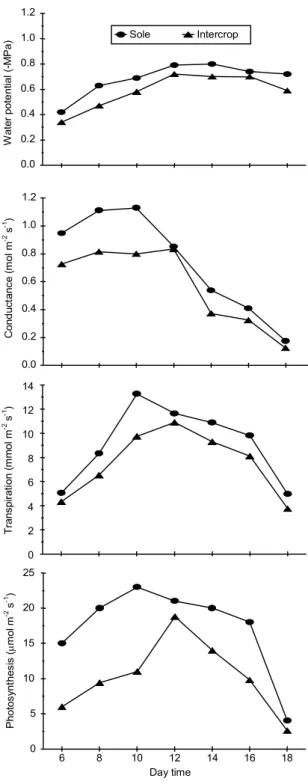PHYSIOLOGICAL RESPONSES OF MAIZE AND COWPEA TO INTERCROPPING1
Texto
Imagem




Documentos relacionados
Numa análise termofísica torna-se necessário garantir que o PCM cumpra os seguintes pressupostos: temperatura de mudança de fase adequada à operação pretendida, elevado calor
Hence, obtaining high physiological quality seeds will depend on the ideal harvest moment; once such moment should correspond to that in which the physiological maturity is
Cada uma destas metodologias está atrelada à Engenharia de Software, utilizada no processo de software como a escolha de modelos ágeis, tecnologias a serem utilizadas para
North Africa is a region of high biogeographic importance, increasingly recognized as a biodiversity and diversification hotspot, and with a close historical connection with the
Por outro lado, há várias dificuldades relatadas por Schle- singer (2008) e por Gonzales e Martins (2015) para a im- plantação deste sistema de gestão numa organização, tais como:
A sobrevivência de Pratylenchus brachyurus depende de raízes de hospedeiros remanescentes nas lavouras, além de plantas invasoras e voluntárias. Mas, são poucas as
During the rainy period, the presence of gliricidia and maniçoba trees promoted increases of 92 and 41% in the total number of spores for the intercropped maize + beans and
Maize seeds: Highly significant (P<0.01) differences were found between treatment (T) and control (C) group while significant differences (P<0.05) were observed in